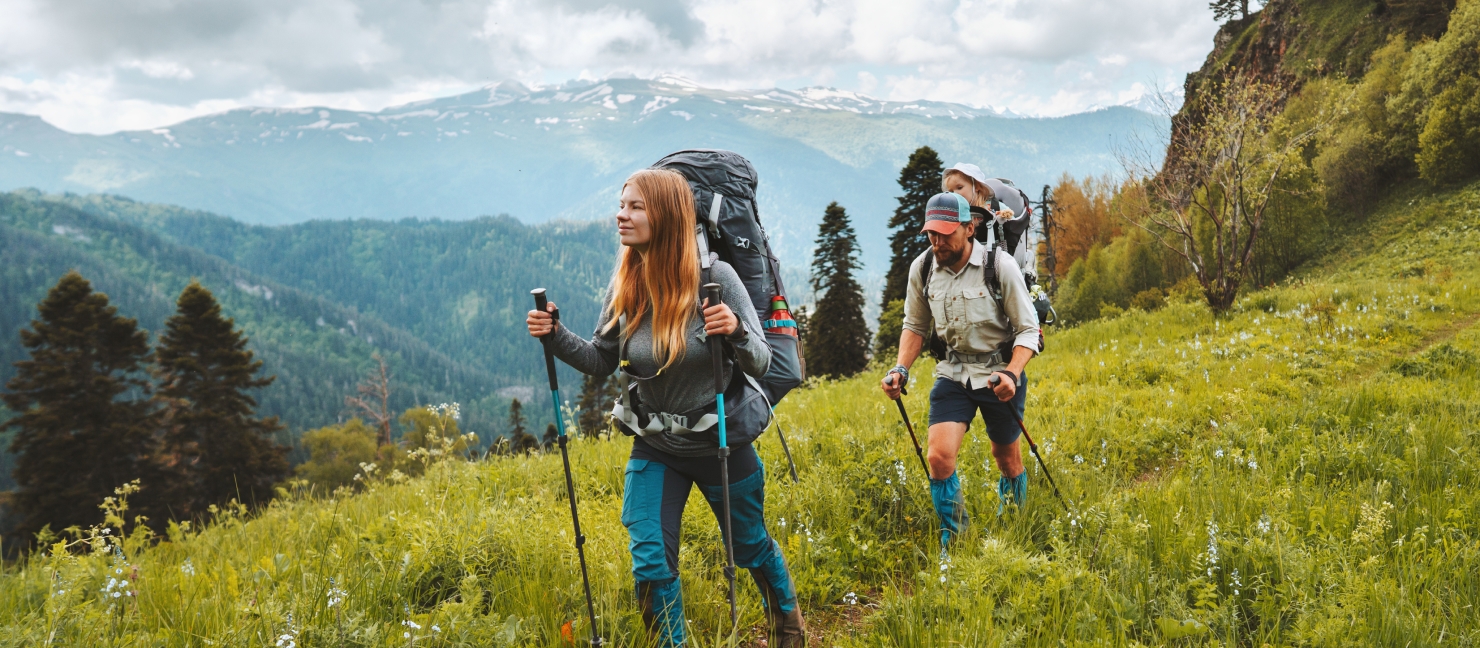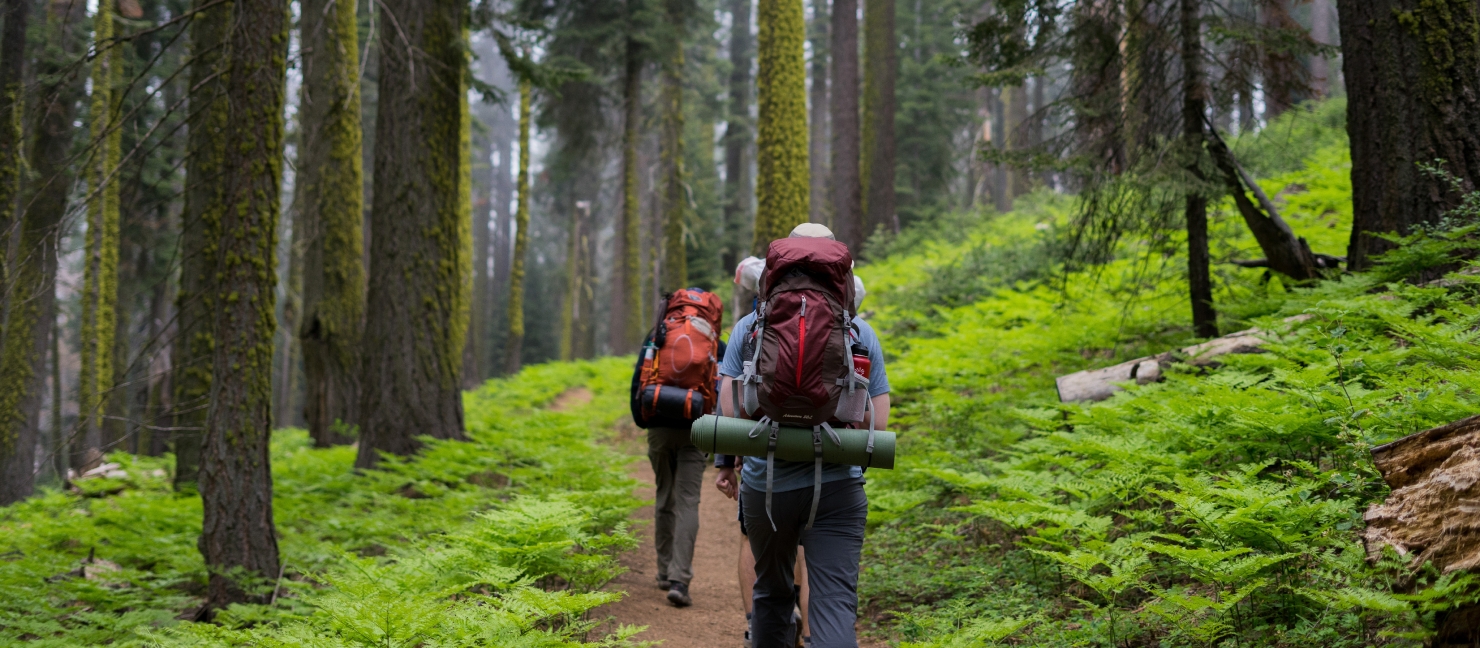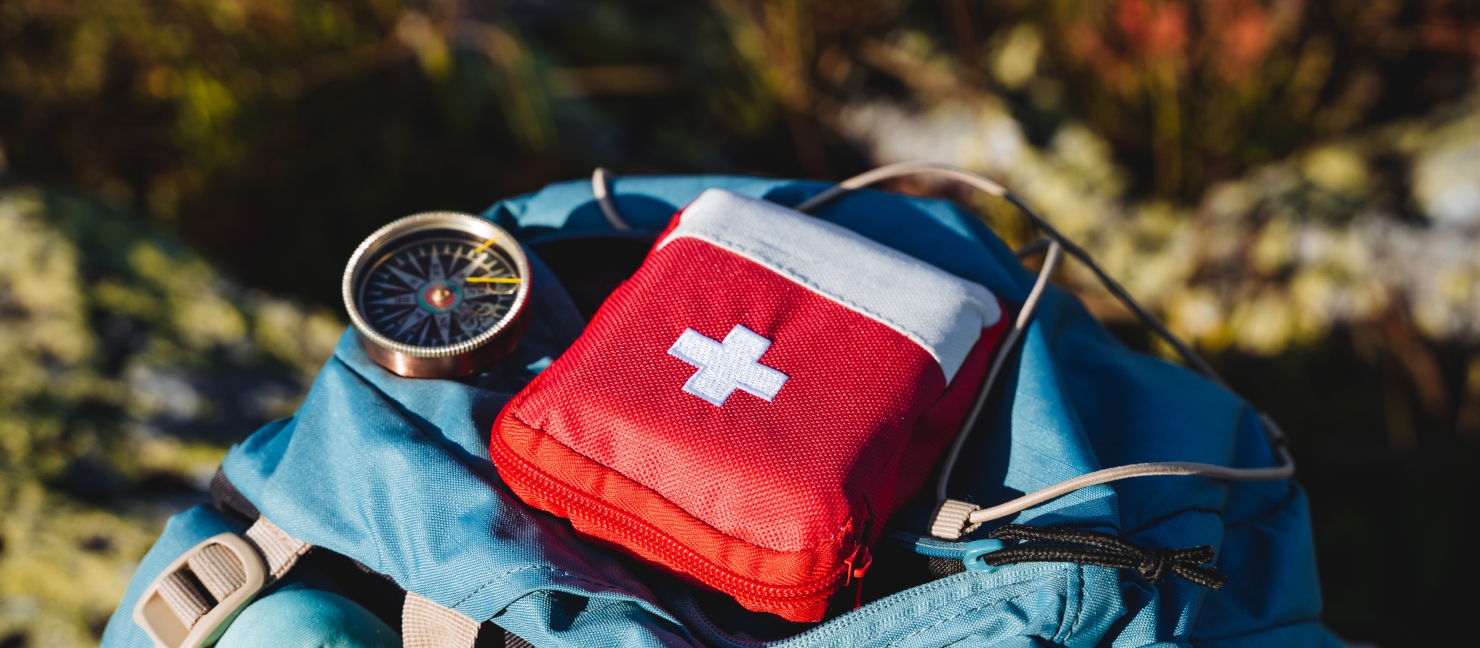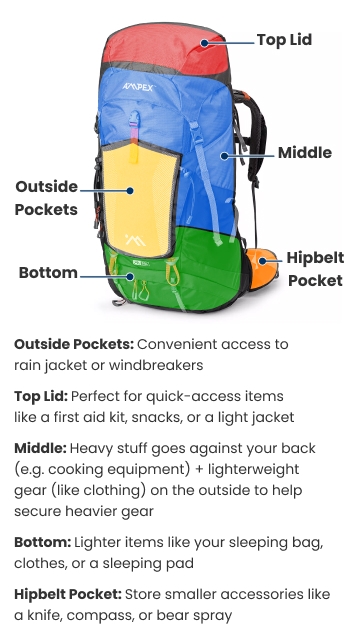Backpacking Checklist: Gear Packing List & More

Before you set foot on the trail, you'll need the right gear for your backpacking journey! Backpacking can be a physically demanding adventure and having the right equipment can make the difference. In this guide, you'll learn all about the essentials of a backpacking checklist, tips for beginners, and more!
Key Takeaways
- Discover the ultimate backpacking checklist and what to bring on your next adventure. Our printable PDF ensures you won’t forget anything while packing.
- Dive into backpacking gear basics like shelter, trekking poles, clothes, and more.
- Uncover backpacking essentials like water filtration systems, sunscreen, and freeze-dried meals.
- Learn about backpacking safety and equipment, including crucial items like bear spray, emergency communication tools, and first aid kits.
- Find out about optional backpacking items that can enhance the experience. If you’ve got some spare space, consider adding instant coffee, a comfy backpacking pillow, and more to your pack.
- Unpack our top backpacking tips for beginners that will help you stay safe and hydrated in the most remote places you trek.
Backpacking Checklist: What to Bring
The following backpacking checklist will help you stay organized before you head out! We've split up our list into four key categories: backpacking gear basics, food, water, and hygiene, safety and equipment, & optional items.
Backpacking Gear Basics:
Food, Water, and Hygiene:
Personal items (chapstick, medication, etc.)
Mosquito net for sleeping
Safety and Equipment:
Optional Items:
Permit or park pass
Instant coffee
Ready to hit the store and stock up on all the backpacking essentials? Take this checklist to go! Download our backpacking packing list, and make the search online and in-store that much easier.
Backpacking Gear: The Basics

Here are some of the essentials you’ll need:
Backpacking Backpacks: Select a backpacking pack that fits your torso and waist. Opt for a capacity of 50-80L based on your trip’s duration. Avoid carrying more than 35 lbs. as a beginner. You’ll likely shave off a few pounds as you perfect your pack.
Shelter: Pack a tent, sleeping bag, and pad. While minimalism is tempting, skipping a pad can result in back pain. Backpacking tents usually accommodate 2-6 people, but some prefer hammocks for solo sleeping arrangements.
Trekking Poles: Opt for lightweight trekking poles to ease your load. These are ideal for traversing more rocky terrain. Plus, they help with balance!
Backpacking Clothes: Wear hiking clothes that don’t restrict movement. Break in hiking boots ahead of time, and make sure they offer enough traction. Pack several pairs of hiking socks and dress in base layers for temperature regulation.
Accessories: Hiking hats provide coolness under the harsh sun while sunglasses shield your eyes. Consider packing gloves for added warmth in cooler months.
Rain Jacket: In the face of unpredictable weather, a rain jacket can keep you dry and comfortable. A poncho is another great alternative for your backpacking list.

Backpacking Essentials: Food, Water, and Hygiene
When backpacking, you won't find a convenience store around the corner. You need to carry all of your essentials on your back. This includes food, water — and even toilet paper.
Water Filter: Having a water filter on hand helps you as you encounter a stream or freshwater source when you get low on or run out of your initial water supply. Pair it with a hydration pack for added convenience.
Stove & Cookware: You may want a portable stove so you can cook meals. Don’t forget utensils and cookware.
Fire Starter Supplies: If you plan on building a fire, you may want fire starter supplies like a flint striker. You can also gather branches from the woods and build your own fire at camp.
Hygiene: Bring personal items with you like chapstick, toilet paper, toothbrush/toothpaste, wet wipes, towel, hand sanitizer, deodorant, and medications.
Sunscreen & Bug Spray: Sunscreen and bug spray are a necessity, especially when you’re neck-deep in the wilderness. A mosquito net can be used for sleeping to prevent pesky bug bites.
Food & Snacks: When backpacking, focus on easy meals and snacks. Bring freeze-dried food and snacks with you: meat, cheese, pop-tarts, oatmeal, power bars, and nuts.
Backpacking Checklist: Safety and Equipment

When you look at our backpacking checklist, you’ll find a lot of smaller essentials that can play a HUGE role in your backpacking safety when you need them. Don’t forget to stock up on these items before you hit the backcountry:
Headlamp: A headlamp is a necessity for backpacking at dusk or early dawn. They help you to avoid holes and potential injuries by increasing your visibility — hands-free!
Batteries: Carry extra batteries for gadgets like your GPS or headlamp. Make sure to put fresh batteries in your gear before heading out.
Bear Bag & Rope: If you’re backpacking in bear country, hang your food using a bear bag and rope. A bear bag and rope lower the chances of bears accessing your food.
Bear Spray: Bear spray can help save you in the event of a bear attack. But learn how to use it before your backpacking trip.
Knife: Use a knife for cooking, adjusting your gear, or handling survival situations. Always carry a lightweight knife on short or long trips.
Map & Compass: Bring multiple copies of a printed map with you and a compass for direction. A GPS watch can also help you stay your course.
Emergency Communication: When you backpack in remote areas away from roads, you might lose cell service. In case of emergencies, carry a Spot Gen4 Satellite GPS Messenger with you.
First Aid Kit: First aid kits come in handy for minor scrapes and cuts. You can purchase small ones so they don’t take up too much space in your backpacking pack.
Backpacking List: Optional Items

If you value the comforts of home (like a cup of joe and a pillow), you may want to add additional items to your backpacking packing list. Consider adding the following items to your pack:
Permit or Park Pass
Instant Coffee
Expert Tip:
For extended trips, upgrade your backpacking packing list. Invest in packing cubes for better organization, opt for dark-colored clothing to mask sweat stains, and pack a pair of sandals or budget-friendly flip-flops.
Backpacking Tips for Beginners
Venturing into backpacking — especially to iconic destinations like the Grand Canyon or even a nearby trail — can be daunting for first-timers. But a little preparation can go a long way!Always inform a friend about your general whereabouts and expected return ahead of time. You should also thoroughly research the trail in advance to set clear expectations for your journey as well as know the general checkpoints/rest stops.
Know Your Route
Research your route ahead of time and learn as much as possible.
Familiarize yourself with the locations of main roads and water sources.
Share Your Itinerary
Always inform a trusted friend about your departure time, destination, and expected return.
Arrange regular check-ins with them along the journey to keep them updated on your progress and safety.
Refuel Properly
Drink plenty of water to ward off dehydration.
Pack an ample supply of snacks to maintain your energy levels.
Always have water purification tablets on hand so you can purify your water sources (like a stream or pond).
Research the Wildlife
Before setting out, familiarize yourself with the wildlife you might encounter on the trail. Understanding their behavior helps you prepare and react appropriately.
Expert Tip:
If you're venturing into areas with bears — always carry bear spray as a precautionary measure.
How to Pack a Backpacking Pack

Make the most of every pocket and zipper available in your backpacking backpack. Distribute the weight of its contents evenly. The easiest way to do this is by creating zones like the following:
Bottom: Pack sleeping gear like a sleeping bag or pillow in your bottom pocket. Some outdoor backpacks also contain loops or elastic cinches to secure your hiking gear.
Hipbelt Pocket: Keep lightweight essentials (like your phone, compass, chapstick, knife, or snacks) in your hipbelt pocket. This placement keeps them easily accessible while you're on the move.
Middle Back: The middle of the backpack should hold the heaviest items — like a camping stove or cans of food. This placement maintains your center of gravity for better balance.
Top Lid: Pack your lightest hiking essentials in the top compartment of your backpack. This includes items like snacks, maps, and more.
Outside Pocket: Store lightweight items like socks or a rain jacket in your outside pocket for easy access. This placement allows a friend to quickly unzip it for you, or you can set down your bag and retrieve any item with ease.
Have Fun Out There!
Ready for a backpacking adventure of a lifetime? Prepare for your journey ahead by stocking up on hiking + backpacking gear from Academy. Don’t forget to refer back to our backpacking checklist to ensure you pack every vital item. Enjoy the solitude and views that await!
 Gift Cards
Gift Cards Hot Deals
Hot Deals Big Fun Deals
Big Fun Deals Clearance
Clearance

